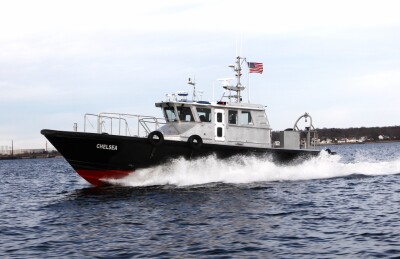The loss of the Titanic in 1912 led to the questioning of the Board of Trade’s shamefully inadequate lifeboat guidelines. Eight years earlier, a fire consumed the steamer General Slocum and led to closer examination of shipboard emergency equipment. The Oil Pollution Act of 1990 was passed into law shortly after the Exxon Valdez spill. In the wake of terrible events, the industry looks for positive lessons that can be learned.
The International Maritime Organization recently discussed lessons that can be learned from the Costa Concordia and other recent accidents. In a February speech, IMO Secretary General Koji Sekimizu addressed several issues including mariner fatigue, the catastrophic results of human error, and the 10% increase in the number of accidents in 2014 from the previous year.
Learning from the Costa Concordia and other tragic events can be a complex process. Take the high number of casualties from the sinking of the ferry Sewol in April 2014. There were misguided announcements on the PA system for passengers to stay put as the vessel sank, the ship had stability issues and it was overloaded. Response efforts were harshly criticized, and South Korea’s president called for the disbanding of the nation’s coast guard.
In 2014, the captain of the Sewol was sentenced to 36 years for gross negligence, although prosecutors originally sought homicide charges and the death penalty. The chief engineer received a sentence of 30 years. In the Costa Concordia, the captain was sentenced to 16 years in prison.
Today, alarms can provide warnings about almost every conceivable navigational hazard. This can alert crews and help them to avoid disasters. Computers can run cargo and ballast calculations with ruthless precision, and new high-tech diesels never stall during maneuvering watches in tight channels. However, human factors can sometimes be the uncertain variable in the equation.




